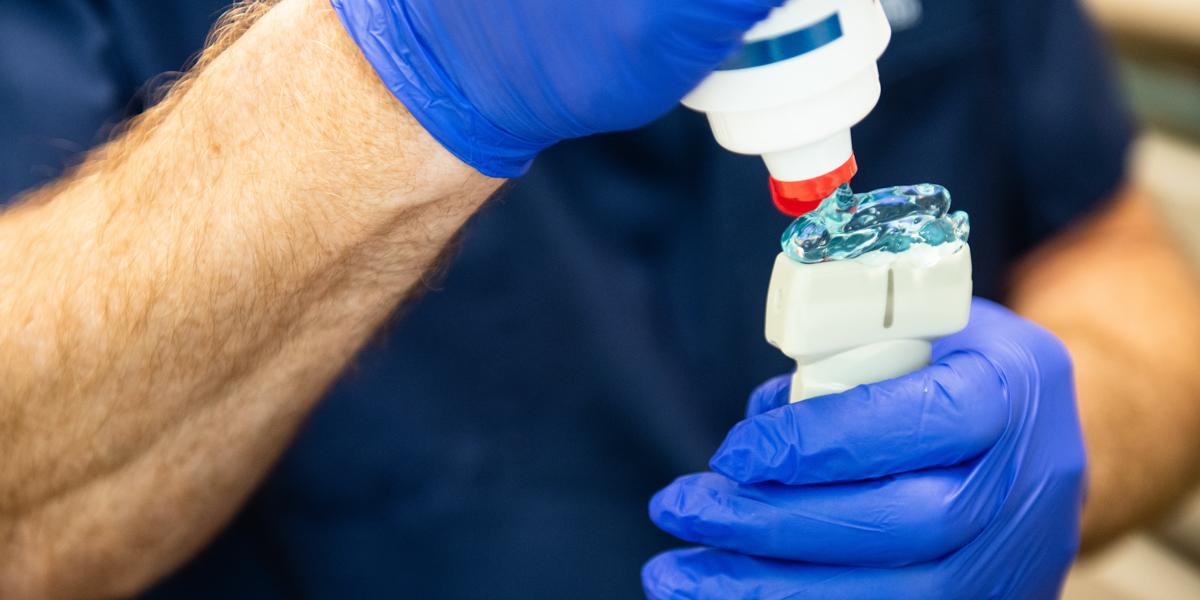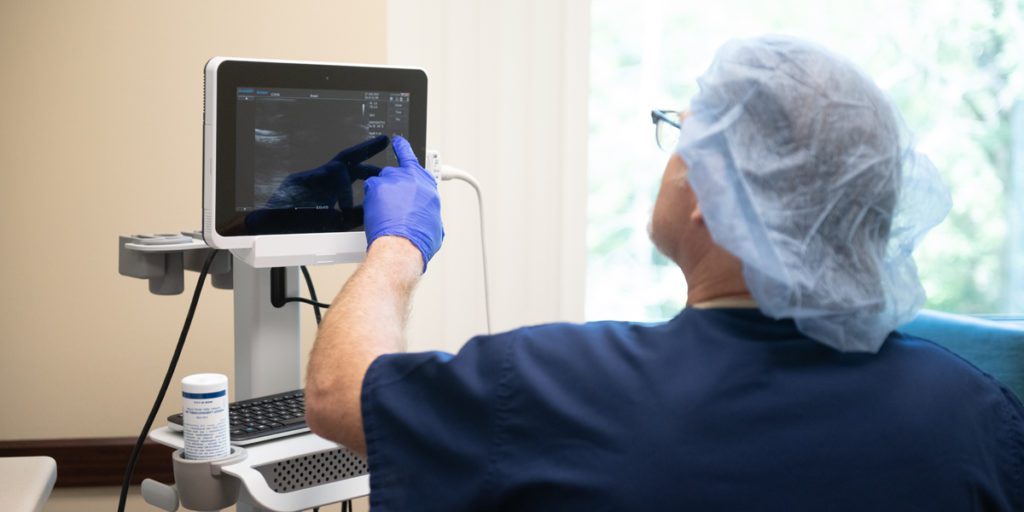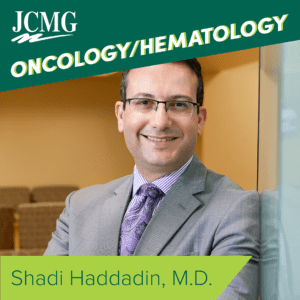by Shadi Haddadin, M.D., CPE
Breast cancer is the leading cause of cancer in women and is the second most common cause of cancer deaths in the United States. According to American Cancer Society (ACS), in 2020, the estimated new female breast cancer cases in the state of Missouri would be 5,360 with an expected 850 deaths. Most of the new cases are diagnosed in the early stages and are considered potentially curable.
Over the past two decades, there has been a steady rise in the incidence rates of breast cancer that has been attributed (at least in part) to continued declines in the fertility rate, as well as increased obesity. Despite this increase in incidence, the death rate over the past 30 years has dropped by ~40%. This can be attributed to improvements in the available treatments and to some extent the wide adoption of screening mammography.
The majority of breast cancers are diagnosed as a result of abnormal screening studies, but a considerable number are first brought to attention by a patient. While the age that a woman should get her first mammogram and the frequency of mammograms depends on several factors, the general consensus is that women should start no later than age 40 in discussing the risks and benefits of screening mammography with their provider.
Although this may apply to most women, it is very important to try to identify whether or not someone is at a higher risk of breast cancer. A woman who is higher risk may require screening as early as age 18, and may require different screening modalities such as MRIs. Examples of high risk women include: women with personal or family history of breast or ovarian cancers, any genetic predisposition such as being a BRCA gene mutation carrier, or any prior chest exposure to radiation therapy.
Screening for Average-Risk Women
Age 40 to 49: May start screening after discussing the risks and benefits with provider.
Age 50 to 74: Screening is recommended.
Age 75 and older: Screening is suggested if life expectancy is at least 10 years.
COVID-19 and Breast Cancer
During the past year, as the nation is fighting the COVID-19 pandemic, many women have avoided showing up for routine screening procedures. The Centers for Disease Control and Prevention (CDC), ACS, and many providers have encouraged delaying routine cancer screening. As a result, there was a significant decline in cancer screening across the nation—and especially in coronavirus hot spots. A second or persistent wave is expected to set screenings back even more.
Delaying cancer screenings will lead to detecting cancer at later stages when it is a more aggressive disease, requiring more lengthy treatment and missed opportunities for cure. Despite this reality, there are several measures that can be taken to avoid delays in cancer screening.
One way is to contact your doctor’s office and inquire about safety and availability of screening. Most offices are taking precautions to avoid spreading the coronavirus. If a clinic visit is not possible, women may consider a self-breast exam which can act as another screening tool, albeit less effective than mammography. Any worrisome signs such as lumps, changes in the contour of the nipple, skin color changes, puckering of the skin, or a new nipple discharge should trigger immediate medical attention with a health care provider or even a Telemedicine visit.

New Advancement
The past few years have ushered many advancements in the field of treatment of early and advanced stage breast cancers. There are three main markers that define our approach to therapy in breast cancer: estrogen and progesterone receptors (ER and PR), and HER2/neu. Some of these advances include the addition of targeted drugs that can target specific parts of the cancer with less effects on the healthy cells.
Another advancement is in one of the more aggressive forms of breast cancer, which lacks the expression of ER, PR, and HER2/neu, otherwise known as triple negative breast cancers. A number of studies have shown that harnessing the immune system “using immunotherapy dugs” against the cancer improved outcomes.
Finally, there are tests that can determine the types of genes that a cancer expresses, and these tests have allowed doctors to tailor therapies to a patient’s individual needs. In early breast cancer for example, the use of Oncotype DX® and MammaPrint® help determine a patient’s risk of spread and the best plan of treatment. Specifically, these tests help determine which patients are more likely to benefit from treatment with chemotherapy.
Healthy Lifestyle
Over the past decade, there has been an increased understanding of the role of diet, weight/obesity, and physical activity on the breast cancer risk. Patients who follow a healthy lifestyle and maintain a healthy weight, exercise on regular basis and avoid excessive use of alcohol, can have better outcomes and can reduce the risk of recurrence.
Today’s outlook for women with breast cancer has never been better. Just within the last couple years, even more advances were made in the field of screening, surgery, radiation and systemic therapies, and more lives are saved. Women facing this disease today have many promising options that are more tailored, less invasive, and with less side effects and better outcomes.




